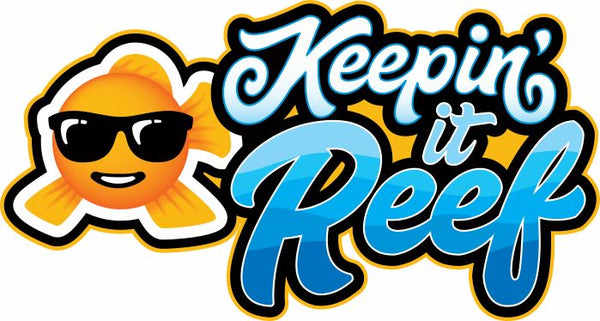The Benefits of Phytoplankton for Your Marine Aquarium
Phytoplankton may be microscopic, but their impact on a marine aquarium is huge! These tiny, plant-like organisms form the foundation of the oceanic food chain, providing essential nutrients to a wide range of marine life. Whether you have corals, clams, copepods, or filter-feeding invertebrates, adding phytoplankton to your tank can help create a thriving, balanced ecosystem.
Why Use Phytoplankton in Your Aquarium?
Adding phytoplankton to your saltwater aquarium offers a range of benefits that support the health and stability of your marine environment:
✅ Enhances Coral Growth & Health – Rich in essential nutrients, phytoplankton boost coral coloration, growth, and resilience.
✅ Feeds Filter Feeders & Microfauna – Many marine organisms, such as feather duster worms, clams, and sponges, rely on phytoplankton as a natural food source.
✅ Boosts Copepod Populations – Copepods and amphipods thrive when phytoplankton are present, creating a self-sustaining food chain for fish and invertebrates.
✅ Improves Water Quality – Phytoplankton help reduce excess nitrates and phosphates by competing with nuisance algae for available nutrients.
✅ Supports a Natural Ecosystem – By adding phytoplankton, you're mimicking the natural food web found in the ocean, promoting a healthier and more dynamic aquarium.
Types of Phytoplankton for Marine Aquariums
Not all phytoplankton species are the same! Different strains provide unique benefits, so using a mix can optimize results:
-
Nannochloropsis – High in essential fatty acids; great for filter feeders and helps control excess nutrients.
-
Tetraselmis – Rich in amino acids and lipids; excellent for copepods and boosting fish health.
-
Isochrysis – High in DHA (omega-3 fatty acids); ideal for feeding larval fish, corals, and invertebrates.
-
Thalassiosira (Marine Diatoms) – Great for sponges and clams, as it contains silica for shell growth.
-
Rhodomonas – Contains both EPA and DHA; a well-balanced nutritional source for marine life.
How to Dose Phytoplankton in Your Tank
To maximize the benefits of phytoplankton, follow these dosing tips:
✔ Start Slow – Begin with small doses (5-10 mL per 10 gallons) and gradually increase.
✔ Feed at Night – Many corals and filter feeders extend their feeding tentacles at night, making this the best time to dose.
✔ Turn Off the Skimmer Temporarily – Protein skimmers can remove phytoplankton before they’re consumed. Turn it off for 30-60 minutes after dosing.
✔ Store Live Phytoplankton Properly – If using live phyto, refrigerate it and shake the bottle before each use to ensure an even mix of cells.
✔ Stay Consistent – A regular dosing schedule (2-4 times per week) ensures a steady supply of nutrients and a balanced aquarium ecosystem.
Final Thoughts
Phytoplankton play a crucial role in maintaining a healthy, vibrant marine aquarium. By providing essential nutrients, supporting natural food chains, and improving water quality, they can help you achieve a more stable and thriving aquatic environment.
Looking for high-quality phytoplankton for your tank? Check out our selection at Keepin’ it Reef, and let us help you build a thriving marine ecosystem!
Have questions? Drop a comment below or contact us—we're happy to help! 😊

